In the fascinating realm where paleontology intersects with evolutionary biology, Dr. Jingmai O’Connor stands as a formidable pioneer, reshaping our understanding of the intricate relationship between dinosaurs and birds. With her groundbreaking research on feathered dinosaurs and early avian evolution, O’Connor has emerged as one of the most influential and innovative scientists in her field. Her work in China’s fossil-rich regions has uncovered critical evidence that continues to transform our understanding of how dinosaurs evolved into the birds we see today. Through meticulous analysis and bold theoretical frameworks, O’Connor’s research illuminates the complex evolutionary pathways that connect these seemingly disparate creatures, challenging established paradigms and opening new avenues for scientific inquiry.
Early Life and Academic Journey

Born in 1983, Jingmai O’Connor developed a passion for paleontology from an early age, fascinated by dinosaur fossils and the stories they told about Earth’s ancient past. She pursued her undergraduate studies at the University of California, Santa Barbara, where she earned her bachelor’s degree in Ecology and Evolutionary Biology. O’Connor’s academic journey then took her to the University of Southern California, where she completed her Ph.D. in Earth Sciences in 2009 under the guidance of renowned paleontologist Luis Chiappe. Her doctoral research focused on Mesozoic birds, setting the foundation for what would become her life’s work. This educational background provided her with the multidisciplinary expertise necessary to tackle complex questions about avian evolution, combining elements of paleontology, comparative anatomy, and evolutionary biology.
Career in China’s Fossil-Rich Landscapes
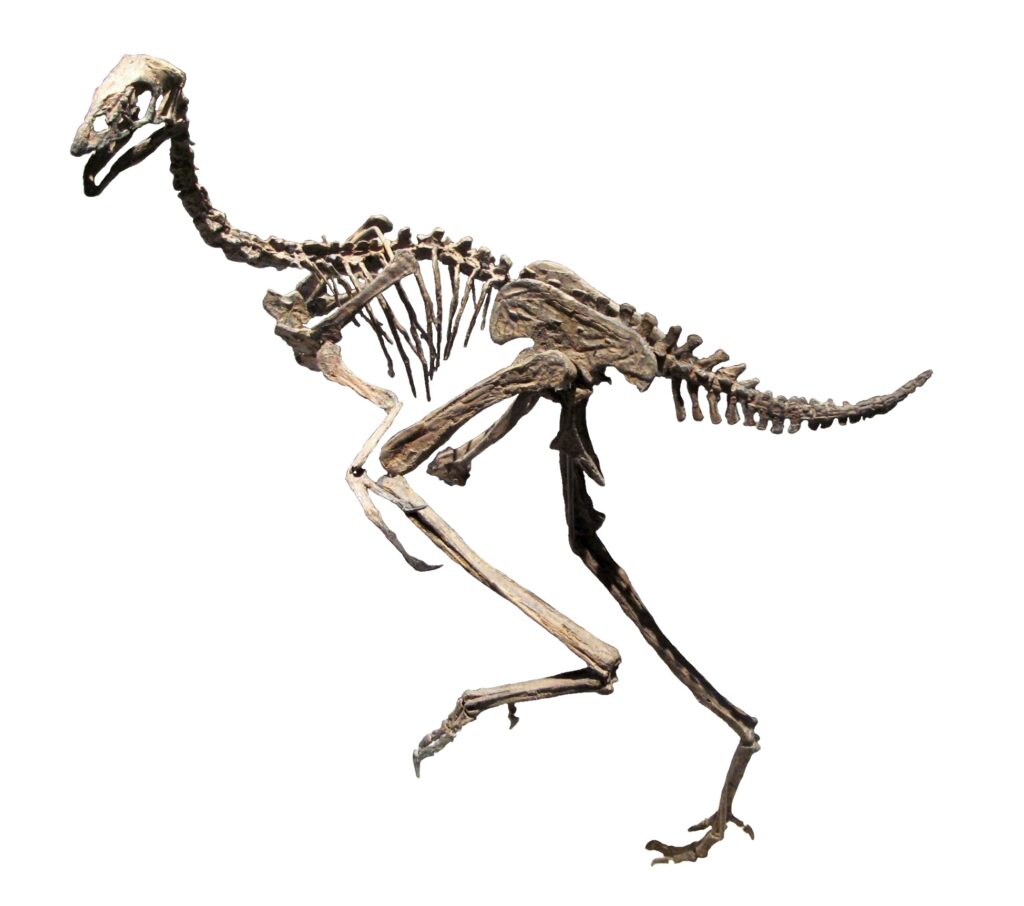
Following her doctoral studies, O’Connor made a pivotal career decision that would dramatically shape her scientific contributions when she relocated to China to work at the Institute of Vertebrate Paleontology and Paleoanthropology (IVPP) in Beijing. This move positioned her at the epicenter of some of the world’s most significant fossil discoveries, particularly the Jehol Biota of northeastern China, which has yielded an extraordinary wealth of exceptionally preserved dinosaur and early bird fossils. For over a decade, O’Connor immersed herself in the rich paleontological resources of China, collaborating with Chinese scientists and leveraging the remarkable fossil specimens to advance our understanding of avian evolution. Her decision to base her research in China exemplifies her commitment to following the evidence wherever it leads, even if that means relocating to the other side of the world.
Pioneering Research on Feathered Dinosaurs
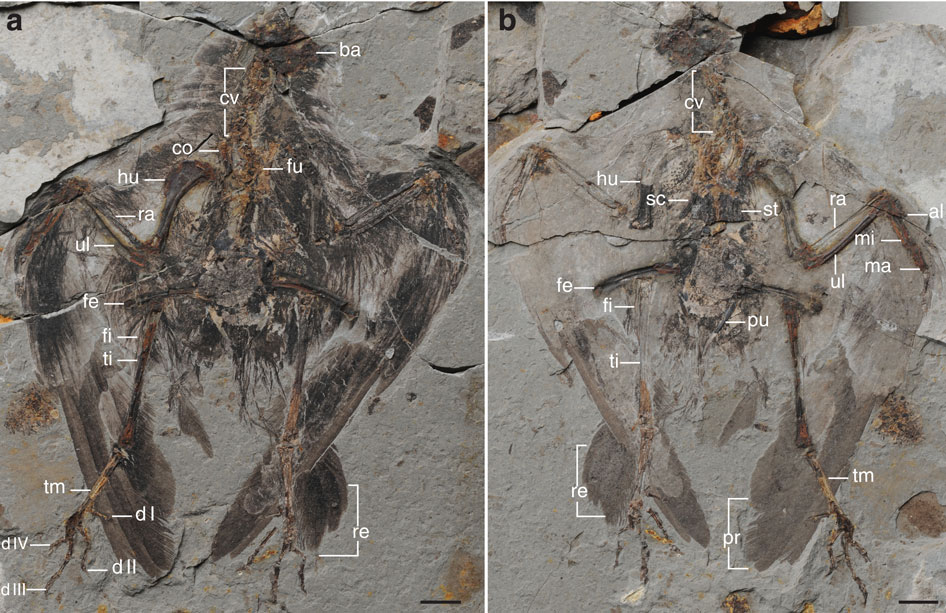
O’Connor’s research on feathered dinosaurs has revolutionized our understanding of these fascinating creatures and their evolutionary significance. Her detailed studies of specimens from China’s Liaoning Province have provided crucial insights into the structure, function, and development of feathers in non-avian dinosaurs. Through meticulous microscopic analysis and comparative studies, she has helped document the diversity of feather types in dinosaurs, from simple filamentous structures to complex pennaceous feathers similar to those found in modern birds. O’Connor’s work has been instrumental in demonstrating that many features once thought unique to birds, such as elaborate feathering, actually first evolved in their dinosaurian ancestors. Her research has helped establish that feathers likely evolved initially for functions other than flight, such as display or thermoregulation, before being co-opted for aerial locomotion in the lineage leading to birds.
Contributions to Understanding Early Bird Evolution

Beyond her work on feathered dinosaurs, O’Connor has made significant contributions to our understanding of early birds and the origins of avian flight. Her research on Mesozoic birds, particularly specimens from the Early Cretaceous period (approximately 145-100 million years ago), has illuminated a critical chapter in avian evolution. O’Connor has described and analyzed numerous specimens of early birds, documenting their anatomical features and placing them within an evolutionary framework. Her studies have revealed the mosaic nature of avian evolution, where different bird-like features evolved at different rates and times. Through detailed comparisons between early birds and their dinosaurian relatives, she has helped clarify the sequence of anatomical changes that facilitated the transition to powered flight. O’Connor’s work has been particularly valuable in understanding the diversity of early birds, many of which represented evolutionary experiments that ultimately went extinct rather than direct ancestors of modern birds.
Innovative Methodological Approaches
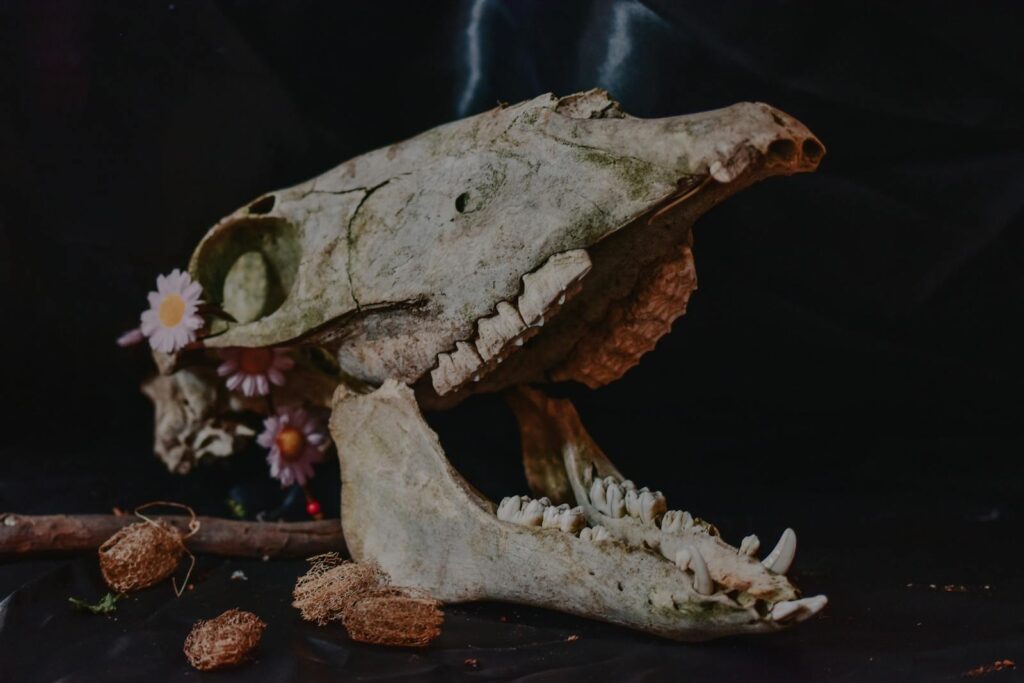
One of O’Connor’s most significant contributions to paleontology lies in her innovative methodological approaches to studying ancient fossils. She has pioneered the application of cutting-edge techniques such as scanning electron microscopy, computed tomography (CT) scanning, and synchrotron radiation to analyze fossil specimens in unprecedented detail. These technologies allow her to examine the internal structures of fossils without damaging them, revealing details about bone microstructure, soft tissue preservation, and growth patterns that would otherwise remain hidden. O’Connor has also incorporated developmental biology perspectives into her paleontological research, using insights from modern embryology to interpret fossil evidence. By integrating these diverse approaches, she has been able to extract maximum information from fossil specimens, pushing beyond the limitations of traditional paleontological methods and generating novel insights into the biology of extinct organisms.
The Jehol Biota: Window into the Mesozoic World

Much of O’Connor’s groundbreaking research has centered on specimens from the Jehol Biota, an exceptionally preserved fossil assemblage from northeastern China dating to the Early Cretaceous period. This fossil lagerstätte has yielded thousands of exquisitely preserved specimens, including feathered dinosaurs, early birds, mammals, and various other organisms, often with soft tissues like feathers, skin, and internal organs preserved. O’Connor has been at the forefront of studying these remarkable fossils, using them to reconstruct the ecosystems of the Mesozoic era in unprecedented detail. Her work on the Jehol Biota has helped establish it as one of the most important windows into the age of dinosaurs, particularly for understanding the evolutionary transition from dinosaurs to birds. The exceptional preservation of these fossils has allowed O’Connor to document anatomical features and ecological relationships that would be impossible to discern from more conventional fossil material.
Challenging Scientific Paradigms
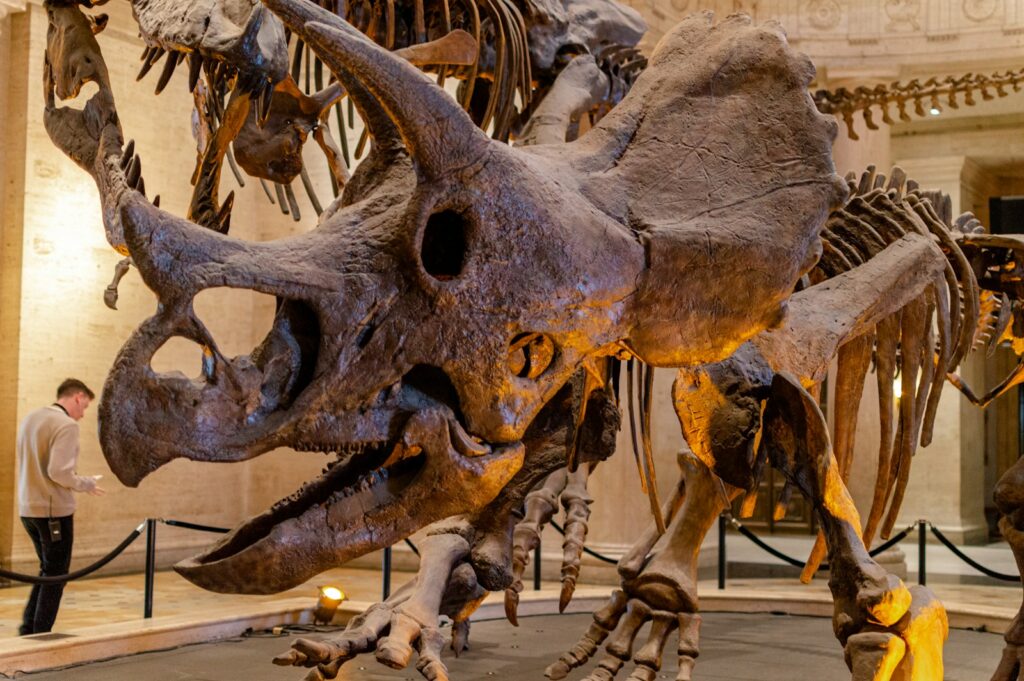
Throughout her career, O’Connor has demonstrated a willingness to challenge established scientific paradigms when warranted by new evidence. Her research has often questioned conventional wisdom about bird evolution, dinosaur biology, and the interpretation of the fossil record. In several high-profile papers, she has presented evidence that contradicts previously accepted theories, forcing the scientific community to reconsider long-held assumptions. O’Connor has been particularly influential in demonstrating that many features once thought to be uniquely avian appeared first in non-avian dinosaurs, blurring the distinction between these groups. Her work emphasizes the importance of careful empirical analysis over theoretical preconceptions, and she has been unafraid to propose new interpretations when supported by fossil evidence. This intellectual courage has sometimes placed her at the center of scientific controversies, but has ultimately advanced our understanding of evolutionary history.
Return to America and Current Position
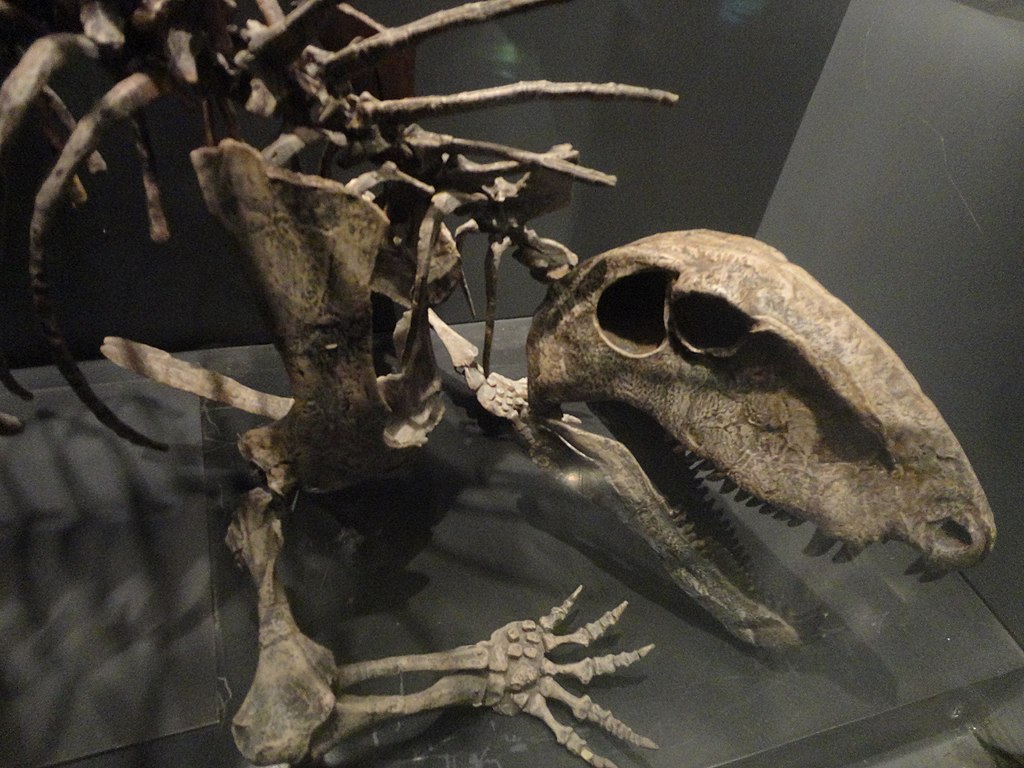
After more than a decade conducting research in China, O’Connor returned to the United States in 2020 to assume the position of Associate Curator of Fossil Reptiles at the Field Museum of Natural History in Chicago. This prestigious appointment marked a new chapter in her career, giving her access to one of the world’s premier paleontological collections and new opportunities for research collaboration. At the Field Museum, O’Connor continues her groundbreaking research on dinosaur-bird evolution while also taking on responsibilities in collection management, exhibition development, and public education. Her position allows her to bridge her experience in Chinese paleontology with American museum traditions, fostering international scientific collaboration. Despite the change in institutional affiliation, O’Connor maintains close ties with her colleagues in China, continuing joint research projects and facilitating scientific exchange between East and West.
Publication Record and Scientific Impact

O’Connor’s scientific output has been remarkable both in quantity and impact, with over 100 peer-reviewed publications in leading journals such as Nature, Science, and Proceedings of the National Academy of Sciences. Her papers have described numerous new species of dinosaurs and early birds, documented previously unknown anatomical features, and proposed innovative evolutionary hypotheses. Many of her publications have garnered significant attention both within the scientific community and in popular media, reflecting their groundbreaking nature and broad significance. Citation analysis indicates that O’Connor’s work has been highly influential, with many of her papers cited hundreds of times by other researchers. Beyond raw publication numbers, the conceptual framework she has helped develop for understanding the dinosaur-bird transition has reshaped thinking throughout paleontology and evolutionary biology. Her scientific impact extends beyond her research through her mentorship of students and collaborations with scientists around the world.
Public Communication and Outreach

In addition to her scientific achievements, O’Connor has emerged as an effective science communicator, sharing her knowledge with the broader public through various channels. She has been featured in numerous documentaries about dinosaurs and bird evolution, including programs produced by National Geographic, PBS, and the BBC. O’Connor regularly gives public lectures at museums, universities, and science festivals, translating complex paleontological concepts into accessible presentations for non-specialist audiences. Her active presence on social media platforms has allowed her to engage directly with the public, sharing updates about her research and responding to questions about paleontology. Through interviews with science journalists, O’Connor has helped shape accurate media coverage of fossil discoveries and evolutionary biology. Her commitment to science communication reflects her belief that paleontological knowledge should be shared widely, not confined to academic circles.
Recognition and Awards

O’Connor’s exceptional contributions to paleontology have earned her numerous accolades and recognition from the scientific community. In 2019, she was awarded the Schuchert Award from the Paleontological Society, which recognizes outstanding paleontologists under the age of 40. Time magazine named her to their TIME100 Next list in 2021, identifying her as one of the emerging leaders shaping the future of her field. The National Geographic Society has supported her research through exploration grants and featured her as an “Emerging Explorer.” O’Connor has been invited to deliver keynote addresses at major international conferences and has held visiting positions at prestigious institutions around the world. These recognitions reflect the transformative impact of her research on our understanding of dinosaur-bird evolution and her status as one of the leading scientists in her generation of paleontologists.
Future Research Directions

Looking ahead, O’Connor continues to push the boundaries of research on dinosaur-bird evolution, with several exciting projects in development. She is expanding her investigations into the soft tissue biology of early birds and their dinosaurian relatives, utilizing new imaging technologies to extract information about muscles, organs, and other non-skeletal features preserved in exceptional fossils. O’Connor is also broadening her research to examine the evolutionary origins of key avian adaptations beyond feathers, such as the unique respiratory system of birds and their specialized metabolism. Collaborative projects with developmental biologists aim to better understand how evolutionary changes in developmental pathways produced the anatomical transitions documented in the fossil record. Additionally, O’Connor is integrating her paleontological expertise with insights from genomics and molecular biology to develop a more comprehensive understanding of the dinosaur-bird transition. These multidisciplinary approaches promise to yield new insights into one of the most remarkable evolutionary transitions in vertebrate history.
Personal Philosophy and Scientific Legacy
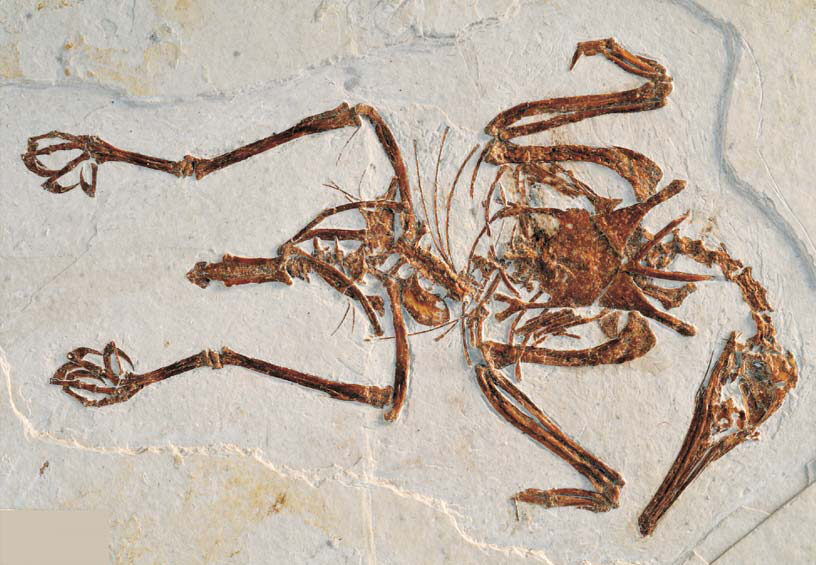
Underlying O’Connor’s scientific achievements is a distinctive philosophy about the practice of paleontology and the pursuit of knowledge. She approaches her research with remarkable intellectual openness, willing to follow evidence wherever it leads rather than remaining constrained by established theories. O’Connor emphasizes the importance of direct examination of fossil specimens, believing that careful observation is the foundation of paleontological insight. She values international collaboration and has worked to bridge scientific traditions across cultural and linguistic boundaries, particularly between China and Western countries. O’Connor’s approach is characterized by methodological innovation, constantly seeking new techniques to extract maximum information from fossil evidence. As she continues her career, O’Connor’s scientific legacy appears likely to extend beyond her specific discoveries to include her transformative impact on how paleontologists approach the study of dinosaur-bird evolution. Her willingness to challenge conventional wisdom while maintaining rigorous scientific standards has already inspired a new generation of researchers exploring the fascinating connection between dinosaurs and birds.
Dr. Jingmai O’Connor’s Impact on Bird-Dino Research

Dr. Jingmai O’Connor represents the vanguard of modern paleontology, combining meticulous observation with theoretical innovation to illuminate one of evolution’s most fascinating transitions. Her research has fundamentally reshaped our understanding of how dinosaurs evolved into birds, revealing the process as more complex and nuanced than previously thought. Through her groundbreaking work in China and now at the Field Museum, O’Connor has not only uncovered new fossil evidence but has transformed how we interpret that evidence. As she continues to push the boundaries of her field, her influence extends beyond specific discoveries to a broader reconceptualization of evolutionary processes and the relationship between dinosaurs and birds. For students of paleontology and the general public alike, O’Connor’s work demonstrates the continuing vitality of fossil studies and their power to revise our understanding of life’s history on Earth.




